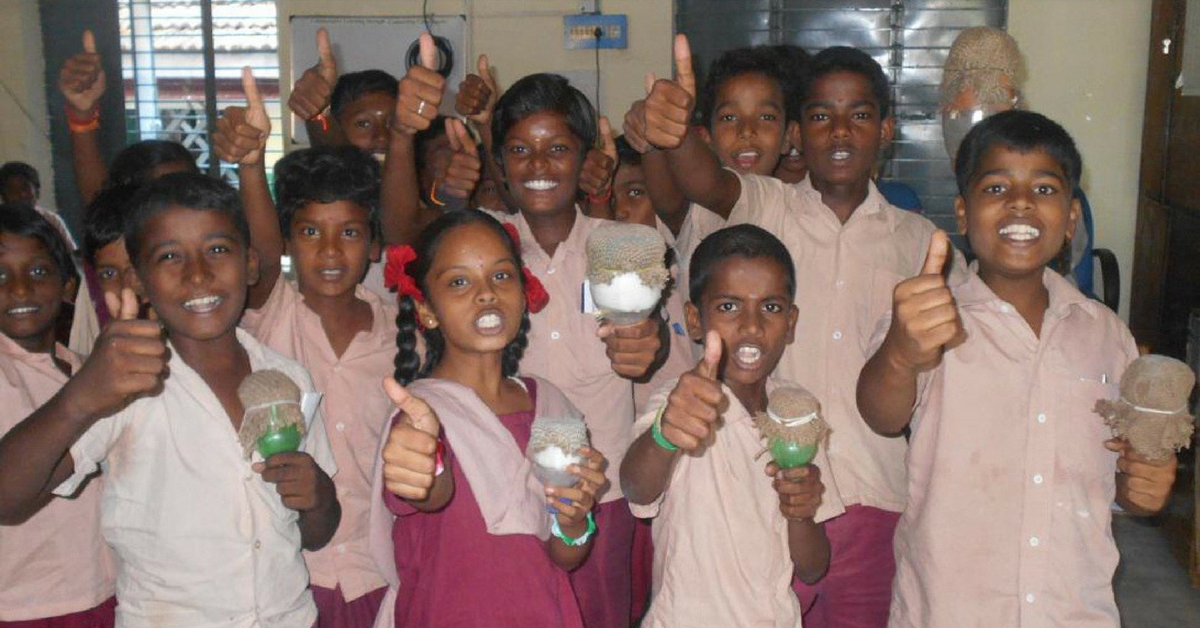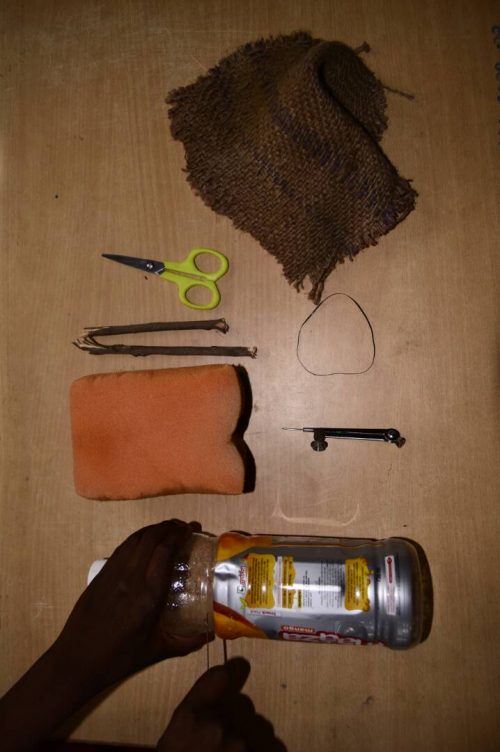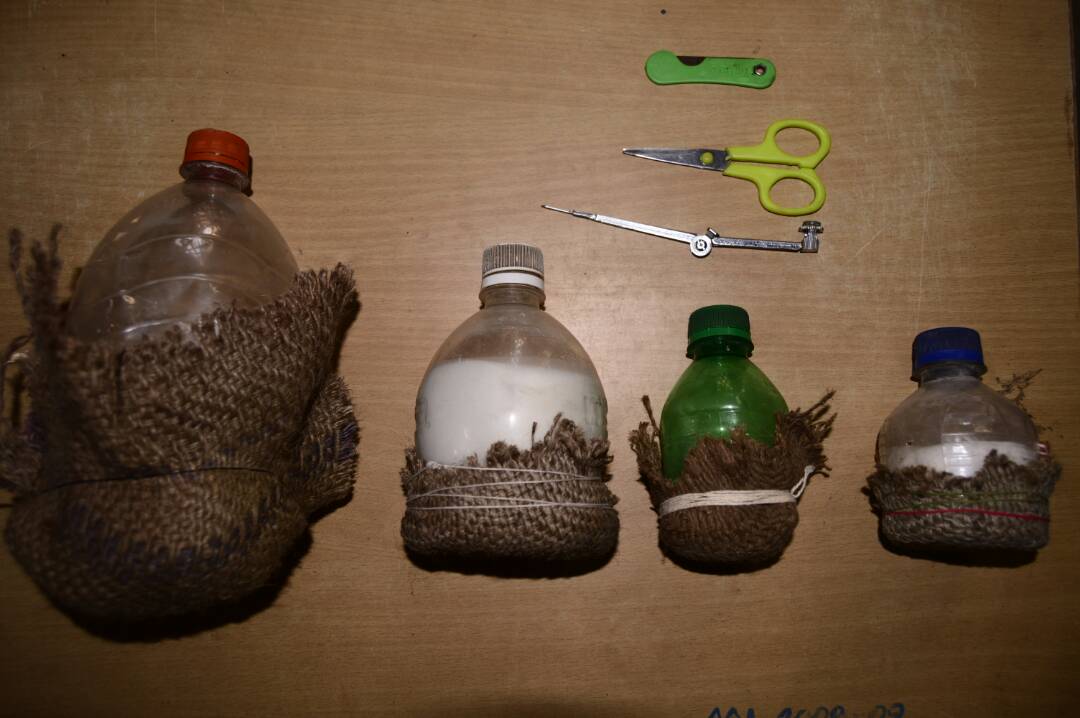TBI Blogs: These 13-Year-Olds Have an Innovative Solution to Get Rid of Harmful Chalk Dust in Classrooms
Finding the chalk dust in their classroom insufferable, students at a government school in Villupuram district of Tamil Nadu designed chalk dusters using waste plastic bottles. The project was selected amongst the Top 20 stories at the ‘I CAN Awards 2015’ organised by Design for Change.

Incessant coughing in the classroom because of chalk dust was a frustrating situation that the students of P.U.M.S. School, Salaiagaram, wanted to solve. Despite using cloth rags and tying handkerchiefs around their mouths, the pollution caused by chalk dust in the classroom was a real menace. White specks of dust settled in every corner of the classroom and on the students’ faces.
The students decided to actively take the matter into their hands, inspired by the simple 4-step formula of Feel-Imagine-Do-Share that has been developed by Design for Change, a not-for-profit organisation that challenges children to solve problems in their community.
The students – 13-year-olds P. Anandaraj, K. Thamizharasan, K. Sivakumar, M. Sasikumar, and V. Hariharan – contemplated pitching in their pocket money to buy a white board, and even considered asking for donations from the public to create smart board classrooms. But these solutions were expensive.
Under the mentorship of Seenuvasan K, they finally decided, instead, to make innovative dusters using waste material that would absorb the chalk dust.

The students collected waste sacks and sponges from the public, and waste plastic bottles from the student body. To make the duster, they had to cut a plastic bottle horizontally at the centre. The bottom portion could be used to make a pen stand. For the duster, they would need the upper portion, with its bottle cap. They then inserted two small sticks perpendicularly in the middle portion, and slid a sponge into the bottle until the perpendicular sticks, making sure it fit snugly. The sponges were then closed off using a sack bit and rubber bands.


After use, the chalk dust collected in the bottle over time could be safely disposed of by opening the bottle cap.

Initially, during the design process, the students merely wrapped sack bits around the bottles, but they soon found that this alone was insufficient in gathering the chalk dust from the black board properly. They then decided to include sponges inside the bottle to enable better absorption.

The project went on to make it to the Top 20 stories selected from amongst 2,512 Stories of Change submitted for the ‘I CAN Awards 2015’ organised by Design for Change.
Be a part of one of the largest global movements of children driving change in their communities. Take up the ‘I CAN School Challenge’ in your classroom. Find out more online.
Like this story? Or have something to share? Write to us: [email protected], or connect with us on Facebook and Twitter.
NEW: Click here to get positive news on WhatsApp!
If you found our stories insightful, informative, or even just enjoyable, we invite you to consider making a voluntary payment to support the work we do at The Better India. Your contribution helps us continue producing quality content that educates, inspires, and drives positive change.
Choose one of the payment options below for your contribution-
By paying for the stories you value, you directly contribute to sustaining our efforts focused on making a difference in the world. Together, let’s ensure that impactful stories continue to be told and shared, enriching lives and communities alike.
Thank you for your support. Here are some frequently asked questions you might find helpful to know why you are contributing?


This story made me
-
97
-
121
-
89
-
167











